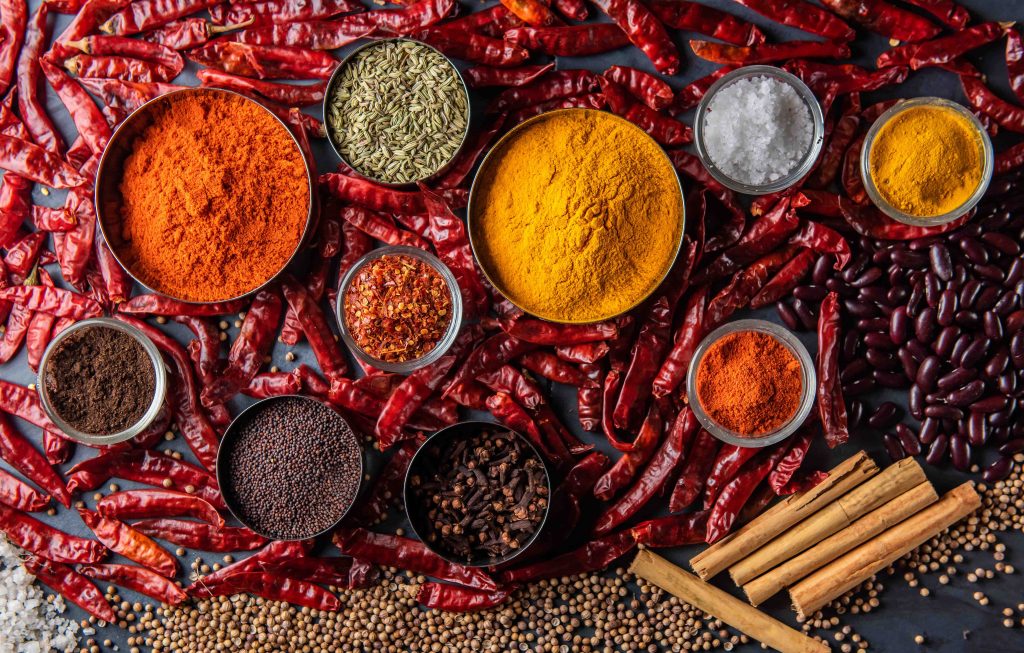
In Sri Lanka, spices whisper tales of ancient trade routes, colonial wars, and family secrets passed down through generations. Each morning, as the mist lifts from the mountain spice gardens and coastal cinnamon groves, these stories come alive in markets, kitchens, and temples across the island.
The Queen of Ceylon: True Cinnamon
Before dawn breaks along the southern coast, third-generation cinnamon peelers begin their delicate work. Using techniques unchanged for centuries, they craft the world’s finest cinnamon quills – so delicate they can be snapped with a fingertip. The sweet, floral aroma of true Ceylon cinnamon bears little resemblance to the harsh cassia sold elsewhere. Visit the traditional gardens around Galle at daybreak to witness this vanishing art, where skilled peelers can strip the inner bark without breaking it, a craft that takes a decade to master.
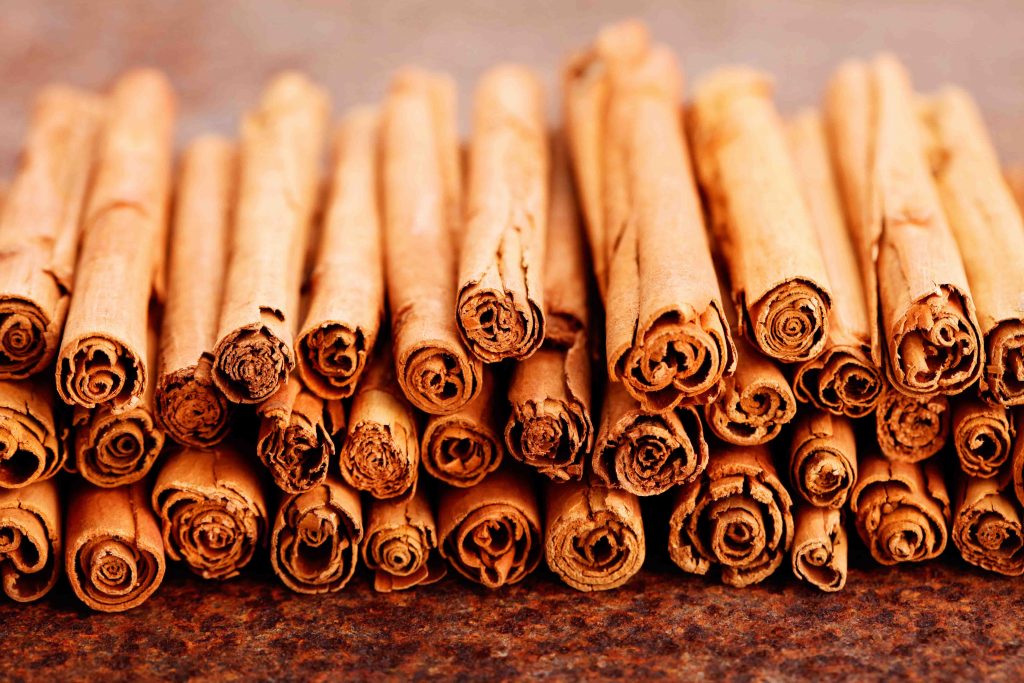
Mountain Treasures: Cardamom’s Secret World
High in the central hills, where tea plantations give way to misty forests, cardamom grows wild in nature’s perfect greenhouse. During the September harvest, the air grows heavy with its complex perfume. While tourist-focused spice gardens offer convenient tours, seek out small family farms around Kandy where cardamom and pepper vines climb ancient rainforest trees. Here, farmers still harvest by hand, selecting only the plumpest, green pods that burst with resinous seeds.
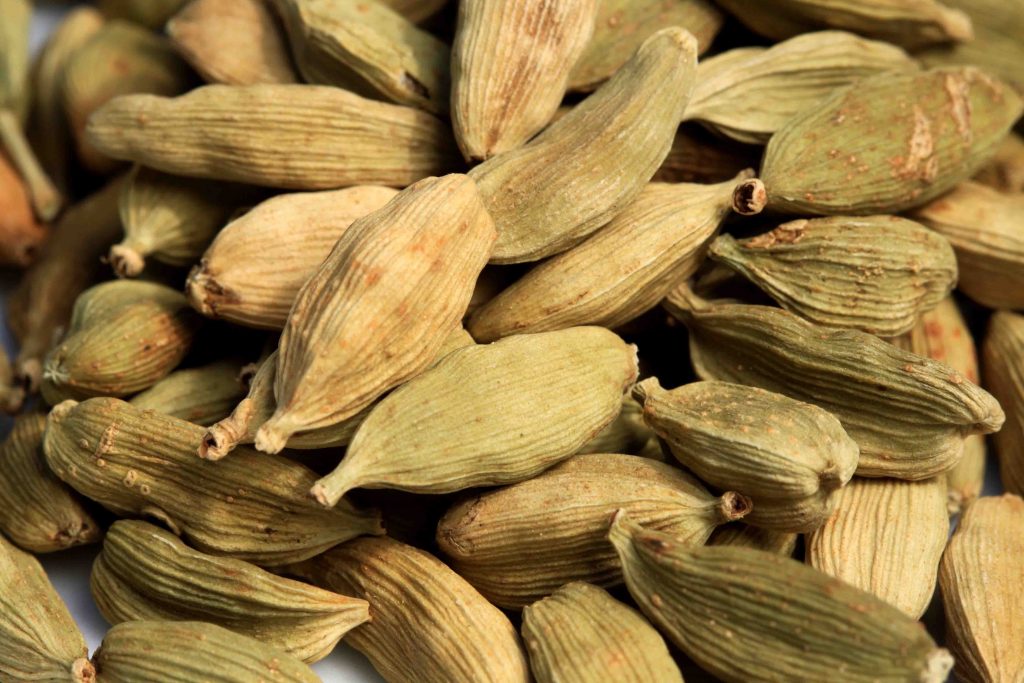
The Alchemy of Sri Lankan Curry
Unlike its Indian cousins, Sri Lankan curry spices dance to their own rhythm. In markets across the island, vendors roast cumin, coriander, and curry powder until they’re darker than usual, releasing deep, complex oils that give Sri Lankan cuisine its distinctive character. Fresh curry leaves, plucked from bushes that grow in nearly every garden, add a nutty undertone that defines the island’s flavor profile.
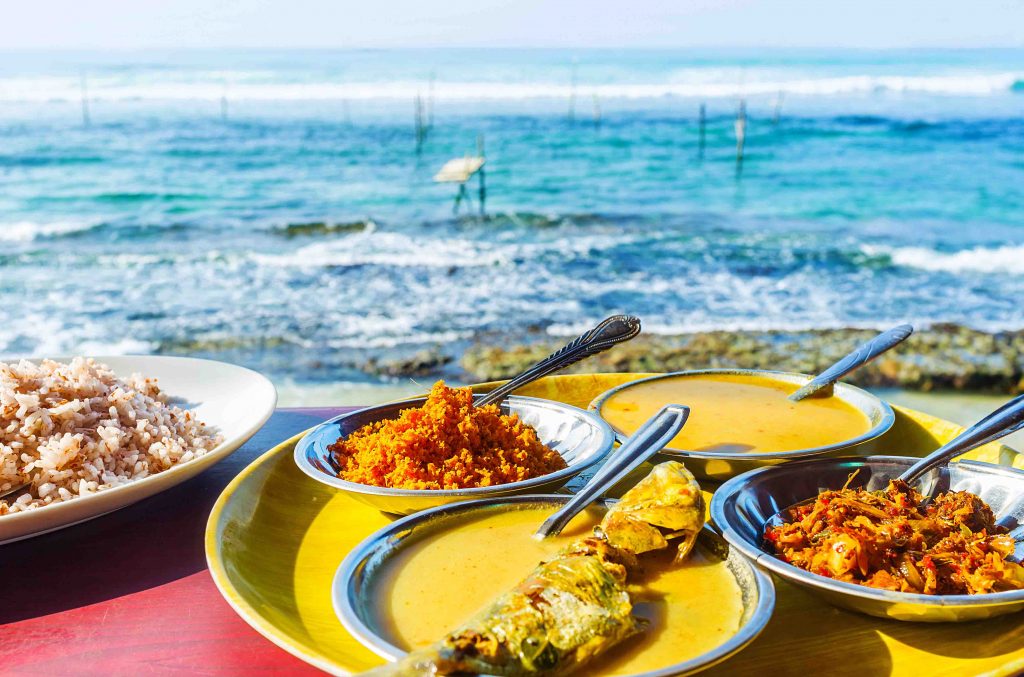
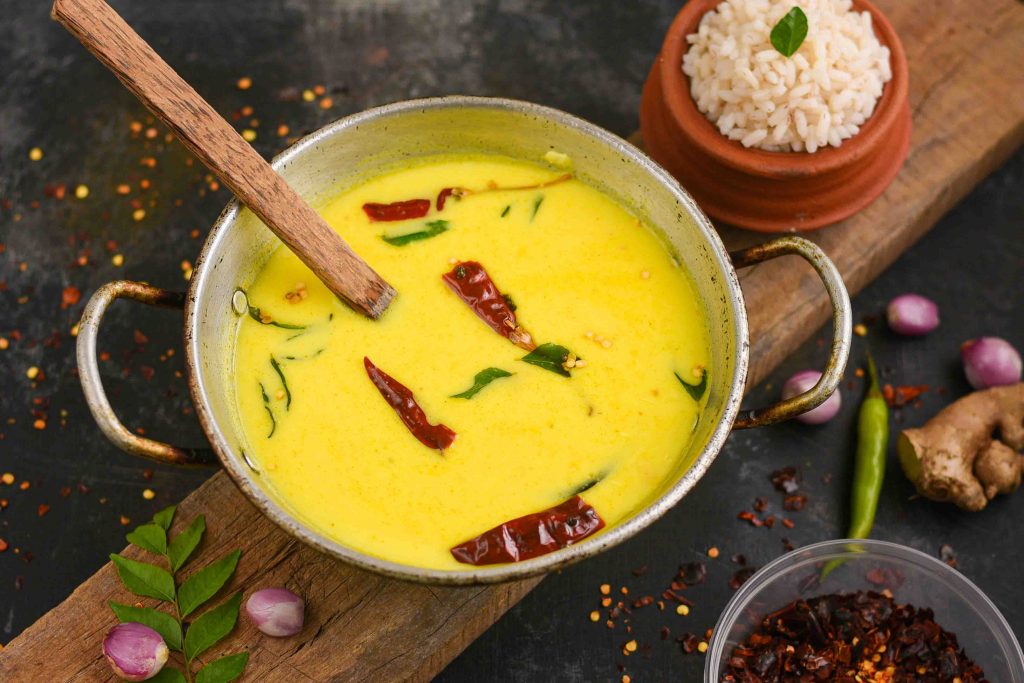
The Lost Art of Goraka
Perhaps no spice tells a more local story than goraka, the dried fruit that gives Sri Lankan fish curry its mysterious sour depth. This indigenous ingredient, dark and leathery in appearance, has been used by coastal communities for centuries not just for flavor, but as a natural preservative in the days before refrigeration. Its complex sourness cuts through the richness of fish while adding an earthy depth that no substitute can match.
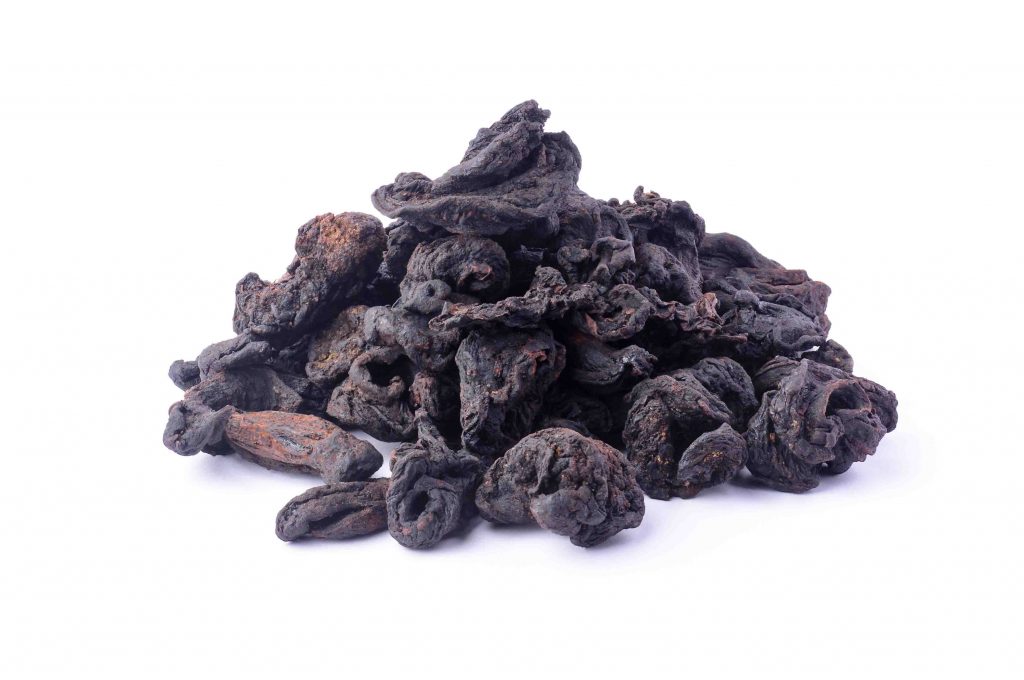
Visit the fish markets of Negombo early morning to witness goraka in its element. Here, fishing families select specific pieces of this dried fruit for different catches – larger, darker pieces for fatty fish like tuna, thinner slices for delicate reef fish. Watching them work, you’ll notice how they soak the goraka in warm water, releasing its essential oils before adding it to their curries. This careful process transforms the day’s catch into complex dishes that could never be replicated without it.
Beyond the markets, goraka tells a broader story of Sri Lankan ingenuity. While the rest of the world fought over black pepper and cinnamon, this humble fruit remained a family secret, passed down through generations of home cooks. Today, as younger Sri Lankans embrace modern conveniences, the intricate knowledge of goraka – which pieces to choose, how long to soak, how much to use – risks being lost. Yet in traditional fishing communities, this ancient ingredient continues to work its magic, turning simple fish curries into dishes of remarkable complexity.
Traveler’s Guide to Spice Hunting
Finding Authenticity
Visit markets before 7 AM when spices are freshly ground. The best vendors roast and blend spices to order. Look for vacuum-sealed packages bearing the Pure Ceylon Spice certification for genuine exports.
Beyond Tourist Trails
Skip the large commercial spice gardens in favor of smaller family operations. Seek out early morning market tours led by local cooks rather than tourist guides. The Matale region offers intimate spice garden experiences, but book through local guesthouses for authentic encounters.
The Art of Selection
- True Ceylon cinnamon: Light tan, multiple thin layers, delicate
- Cardamom: Green, never bleached white, plump pods
- Curry leaves: Glossy, deep green, intensely fragrant
- Goraka: Dark, leathery pieces sold near fish stalls
Cultural Connections
Every Sri Lankan spice serves double duty as medicine. Cinnamon balances blood sugar, turmeric heals wounds, and cardamom soothes digestion. Many families maintain spice gardens as living medicine cabinets, a tradition that reaches back to ancient times.
Taking Memories Home
The most precious souvenirs are often the simplest. A package of true Ceylon cinnamon or fresh curry powder will bring Sri Lanka’s essence to your kitchen. Just remember to:
- Declare all spices at customs
- Check import regulations for your home country
- Store in airtight containers away from light
- Use within 6-8 months for peak flavor
Remember: The real magic of Sri Lankan spices lies not just in their flavors, but in the stories they tell. Each curry carries centuries of history, each spice garden holds family secrets, and every morning market offers a chance to become part of this continuing story.
Please drop us a note at: info@pearl-of-the-indian-ocean.com


